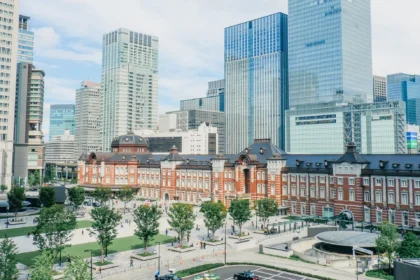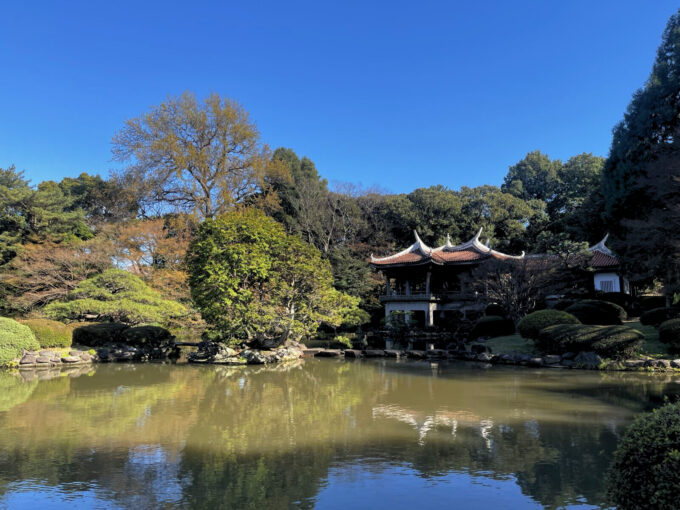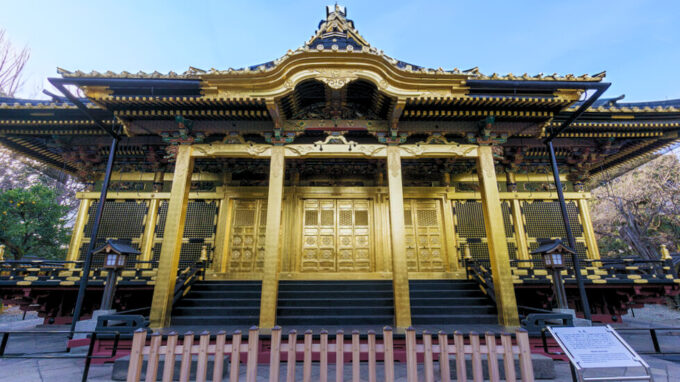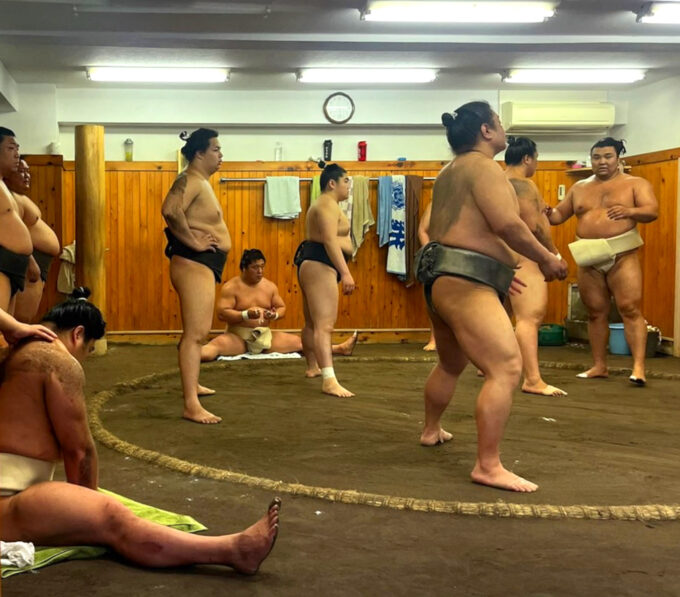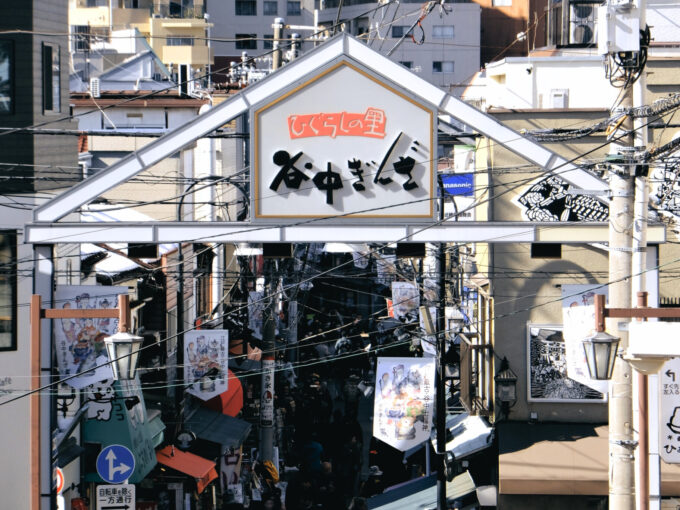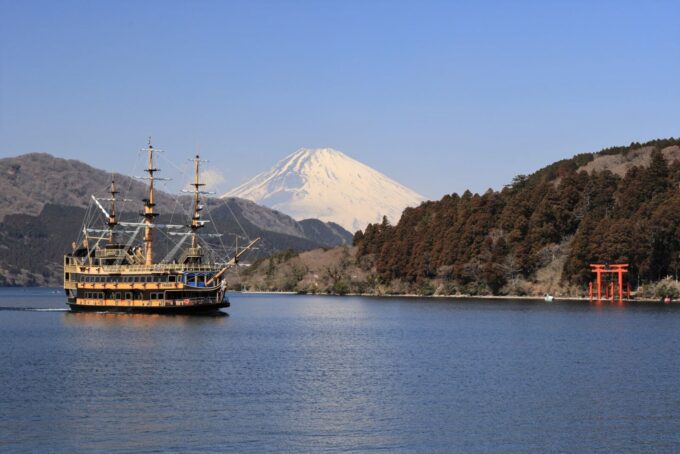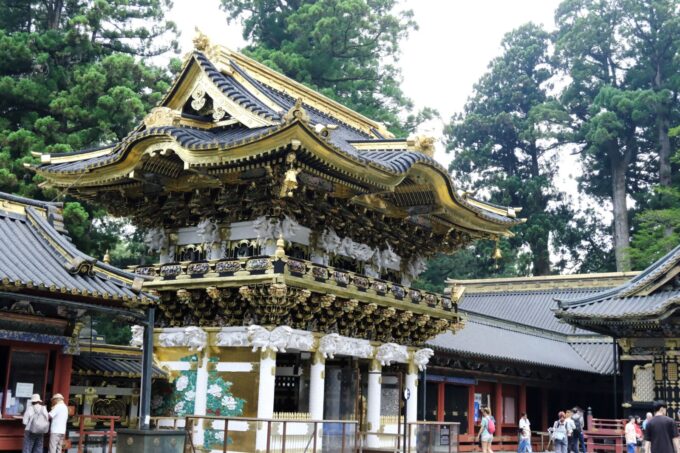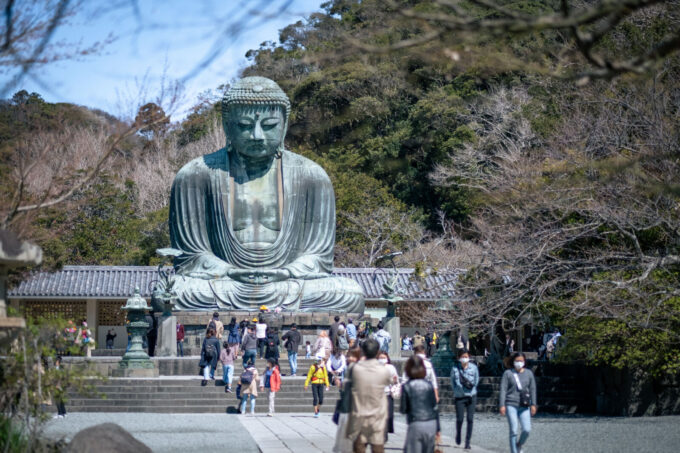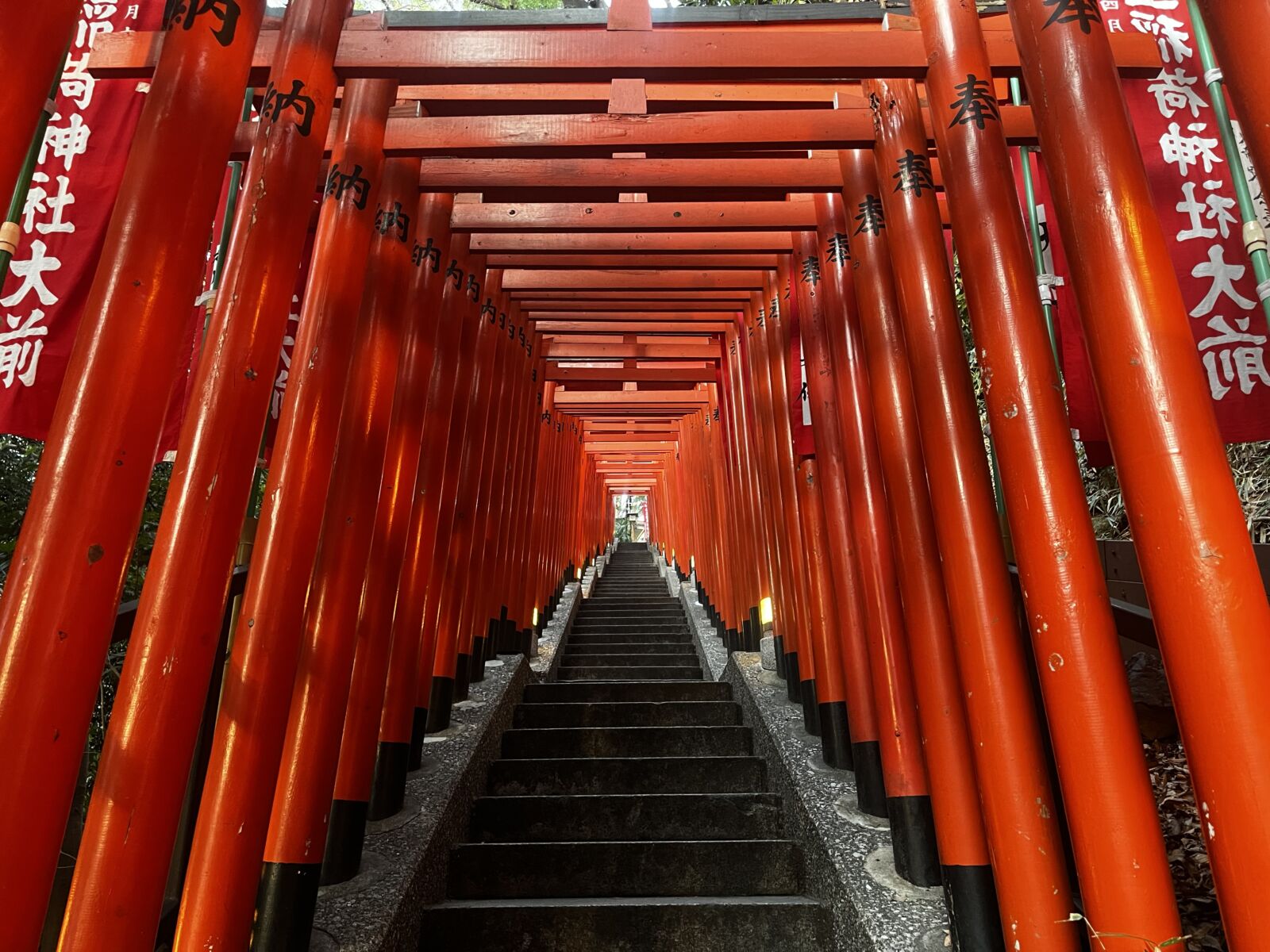
When you think of Japan, you think of the abundance of shrines and temples peppered across the Country. Ranging from Shinto Shrines to Buddhist Temples, these are at the very core of Japanese heritage and culture. We highly recommend taking the time to visit some of these beautiful and significant structures during your trip to feel a deeper understanding of Japan. We have created this guide to let you know our top 10 shrines and temples in the Tokyo area! On this page you will find the following information :
— Tokyo’s Top 10 Shrines and Temples
— 30 Best Day-trips & Getaways from Tokyo
Tokyo’s Top 10 Shrines and Temples
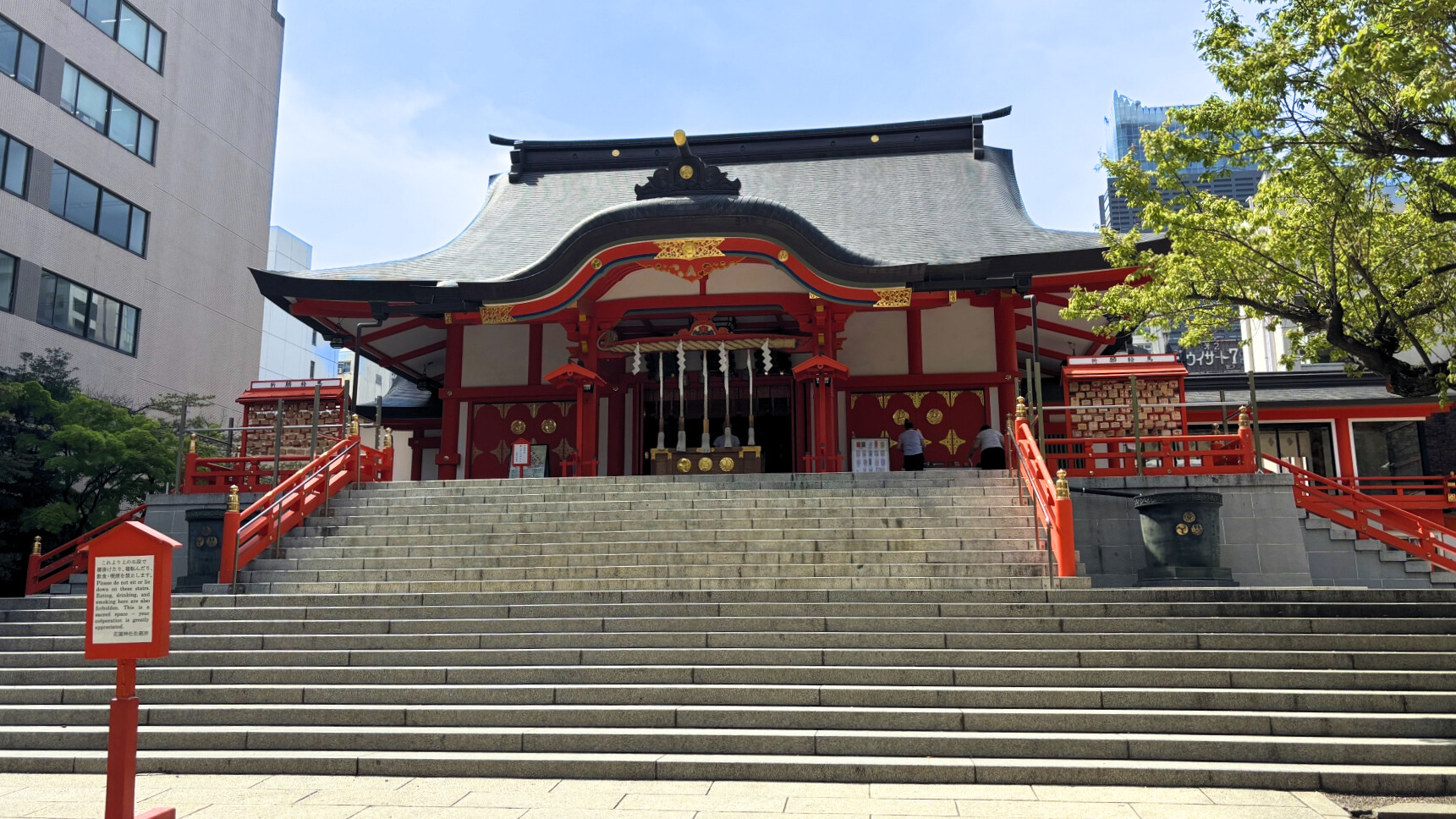
1 / Senso-ji Temple, Asakusa
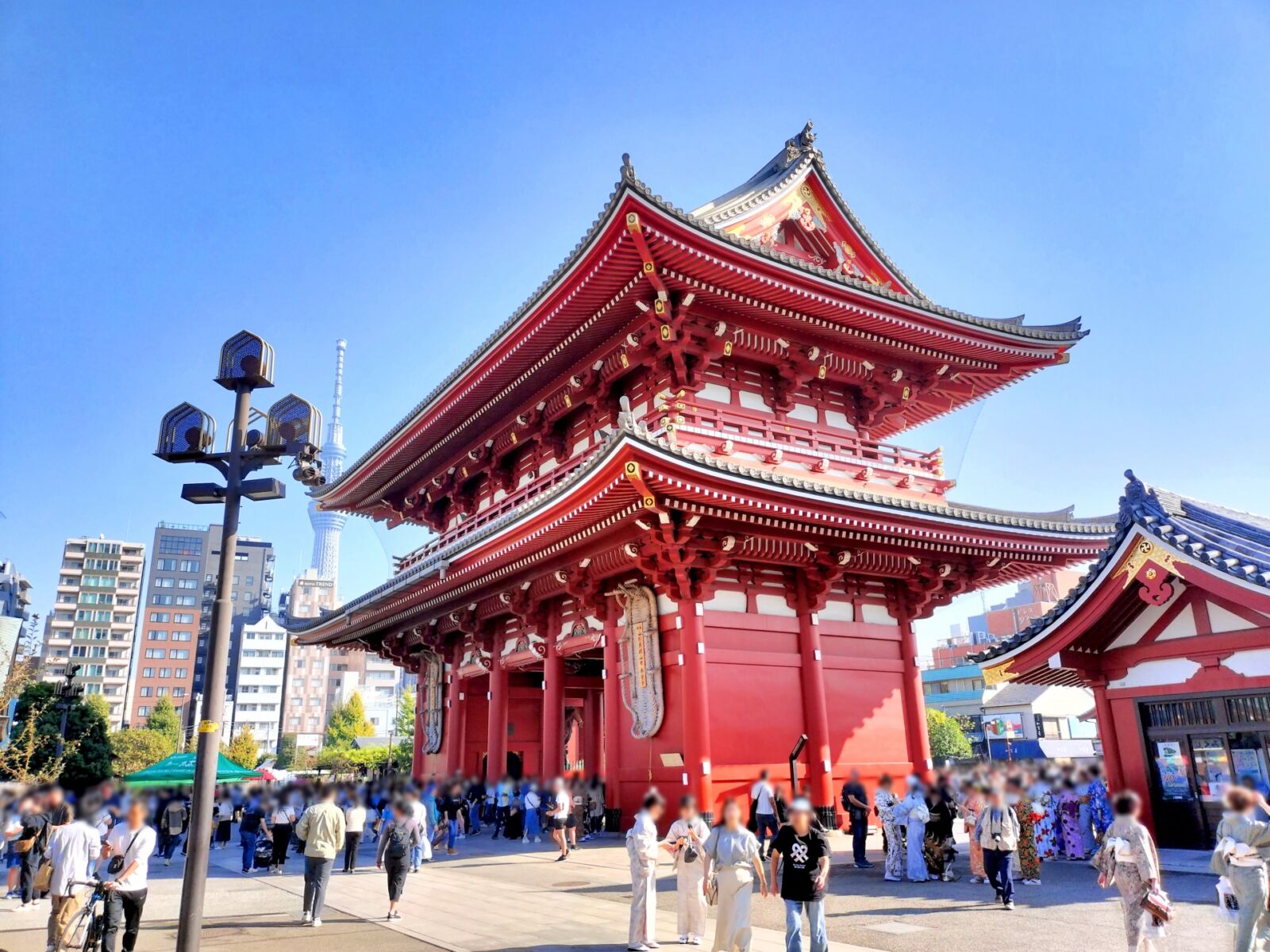
Sensoji Temple is one of Japan’s most famous temples and iconic landmarks, and for good reason. Located in the historical district of Asakusa, it is the oldest temple in Tokyo having been founded in 645 AD. It is a Buddhist temple dedicated to Kannon, the Buddhist Goddess of Mercy and Compassion. For this reason, many people will come here to pray for peace and prosperity in Japan and the World. As you enter the start of the large temple complex you will be greeted by the famous ’Kaminarimon’ gate (Thunder Gate) which contains a 700kg lantern, and the statues of the Gods of Wind and Thunder. Visitors can then enjoy a stroll up to the main temple through Nakamise Dori, an historical shopping street stretching 250m lined with street food, local crafts and souvenir shops. The main temple offers impressive historical architecture and an opportunity for visitors to pray, buy paper fortunes and soak in the lively atmosphere. Adjacent to the main temple is the five story pagoda representing the elements in Buddhist religion.
If you would love to explore Sensoji Temple with a local guide, you can join our ’1 Day Walking Tour in Asakusa : Traditional Tokyo, Culinary Delights and Nature’ tour!
1 Day Walking Tour in Asakusa : Traditional Tokyo, Culinary Delights and Nature
- Spots:
- Pick-up:
- Drop-off:
2 / Hanazono Shrine, Shinjuku
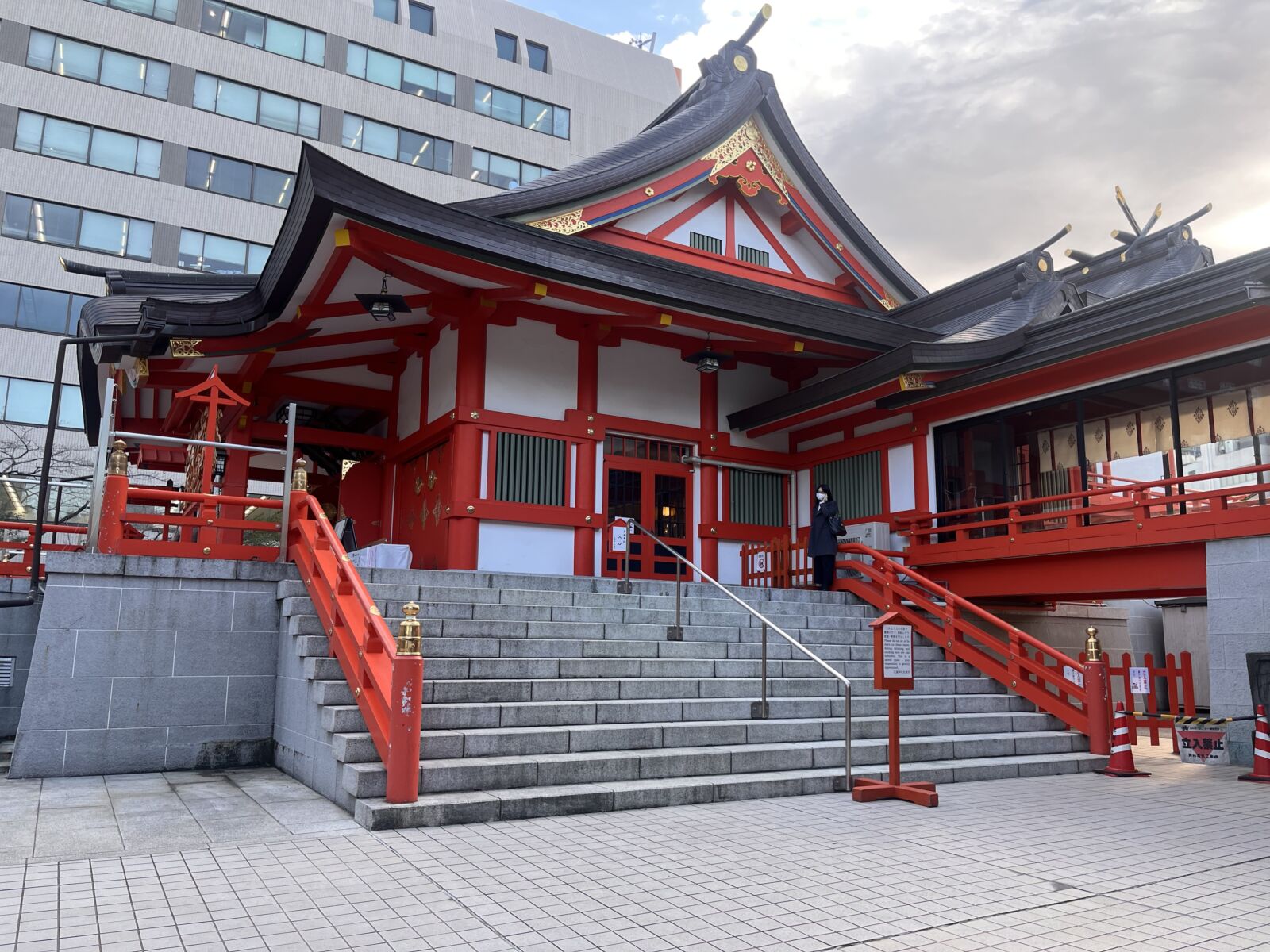
Hanazono is located in the heart of the busy Shinjuku district, although many people may miss it if they aren’t looking close enough. Tucked just off the main road, the shrine is concealed well amongst the skyscrapers and high energy of the area, but it is true hidden gem that we highly recommend stopping by if you’re in the Shinjuku area. In fact, it is just a few minutes walk from the lively area of Kabukicho! Make sure to look out for the Torii gates that frame the Shrine’s entrance. Hanazono is a very important Shinto Shrine where many working professionals and business owners come to pray for good fortune! You will often see businessmen and businesswomen coming here on their lunch break to pray. The shrine has a beautiful row of red Torii gates lined up which can be likened to a very mini Fushimi Inari shrine in Kyoto! This makes for some wonderful photos and for a moment you can forget you’re in Shinjuku. The shrine is also known for its seasonal festivals, with the biggest happening during the Summer months. If you’re lucky, you may even catch the small but great flea markets that are usually held on Sundays where you can pick up unique crafts and souvenirs! If you’re looking for more inspiration on what to do in Shinjuku, check out our ’10 Must Visit Spots in Shinjuku’ page.
If you want to experience Hanazono Shrine for yourself, you can join our ’1 Day Walking Tour in Shinjuku and Shibuya : The Best of Both’ tour!
3 / Akagi Shrine, Kagurazaka
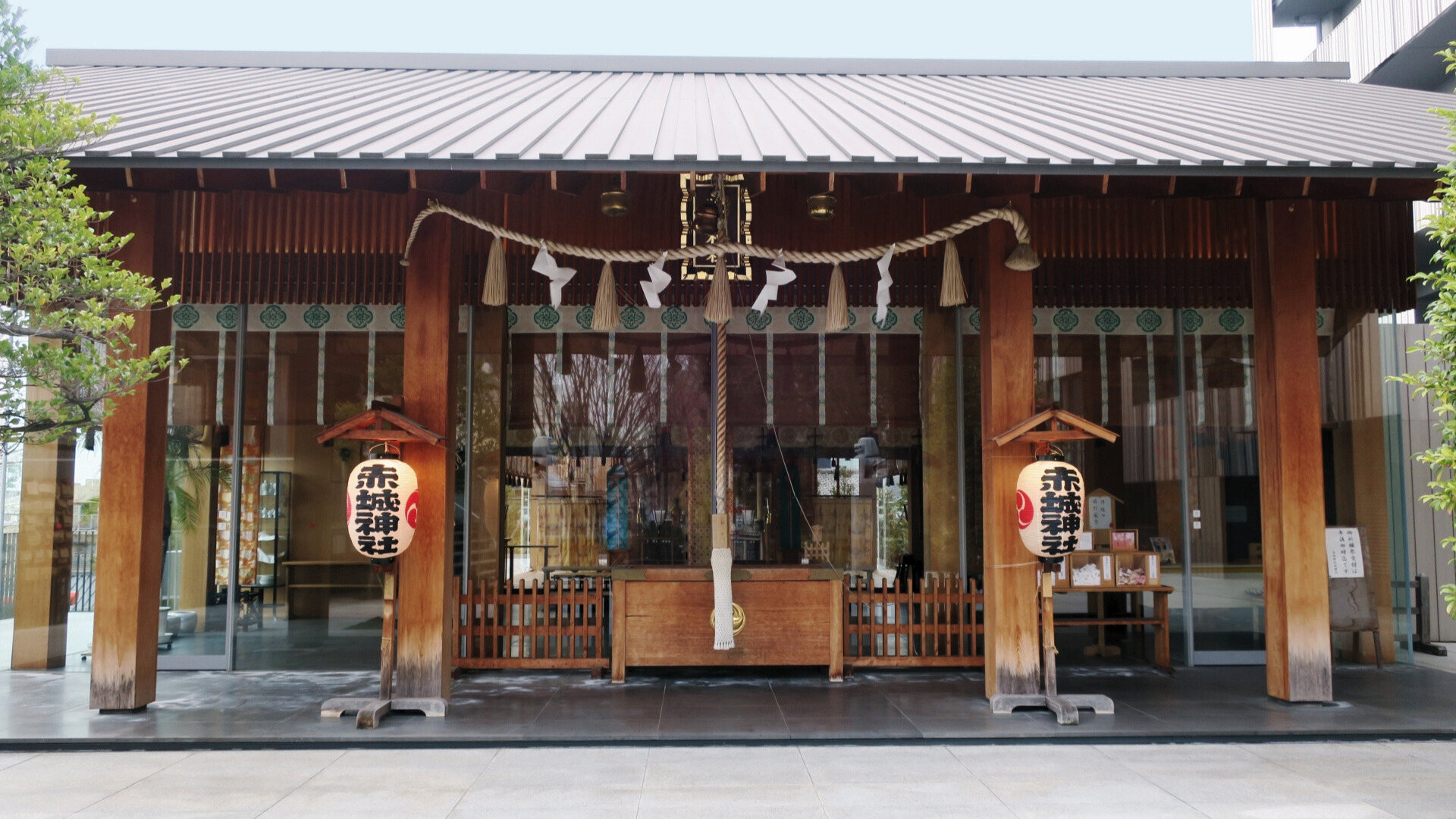
This list wouldn’t be complete without including Akagi Shrine. Located in the beautiful hidden gem of Kagurazaka just a 10 minutes on the train from Shinjuku is Akagi Shrine. It is a small but impressive Shinto Shrine, and is most notable for its more modern decor. The Shrine was originally founded in 1300 during the Kamakura period as a sub temple to worship Mount Akagi. It was rebuilt in 2020 with the contemporary design of glass and wood added. Designed by the renowned and famous Japanese Architect Kengo Kuma, Akagi stands out as a nod to the past but with modern innovation. The result is a bright and open atmosphere. The Shrine is dedicated to Akagi Daimyoin, a deity that protects against disasters and grants prosperity and good health to worshippers. The main symbol of the Shrine is a White Rabbit, and visitors can buy unique rabbit shaped charms here as well as other goods unique to the shrine. If you want to read more about the hidden gem of Kagurazaka, then check out our Kagurazaka Dori and Yokocho page.
If you want to experience Akagi Shrine for yourself, you can join our ’1 Day Walking Tour in Shinjuku and Kagurazaka : Hot Spots and Hidden Gems’ tour!
1 Day Walking Tour in Shinjuku and Kagurazaka : Tokyo Hot Spots and Hidden Gems
- Spots:
- Pick-up:
- Drop-off:
4 / Meiji Jingu Shrine, Shibuya
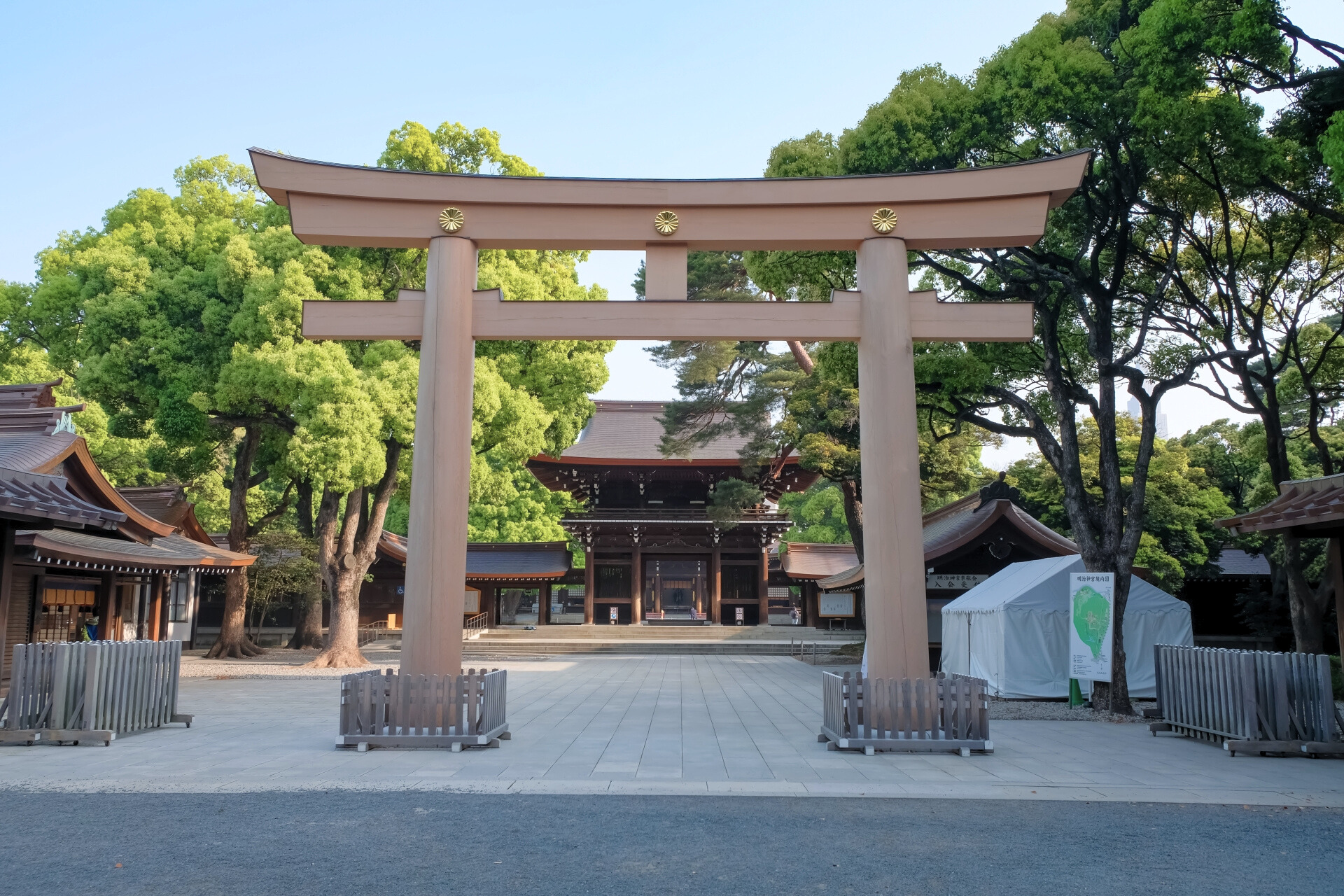
Like Sensoji Temple above, Meiji Jingu Shrine is also one of the most famous and notable religious sites in Tokyo. Meiji Jingu is a beautiful Shinto shrine just a stone’s throw away from Harajuku. Built to commemorate Emperor and Empress Meiji, the grounds of the shrine are nestled within a beautiful man made forest of towering Cedar trees. The walk up to the shrine is truly peaceful, and the minimal design of the shrine showcases the beauty of Shinto architecture. Other highlights of the shrine are the famous Sake barrels donated by various supporters of the Emperor and the small garden which was used by the Empress for restbite. If you’re lucky, you may be able to witness a traditional Shinto wedding at the shrine which is a wonderful experience. Visitors can also enjoy visiting the Shrine’s own museum, cafe and souvenir shop. In fact, the museum was also designed by Japanese Architect Kengo Kuma, so if you’re a fan of his work why not combine both Meiji Jingu and Akagi Shrine! If you’re looking for more inspiration on what to do in Shinjuku, check out our ’10 Must Visit Spots in Shibuya’ page.
If you want to experience Hanazono Shrine for yourself, you can join our ’1 Day Walking Tour in Shinjuku and Shibuya : The Best of Both’ tour!
5 / Ueno Toshogu Shrine, Ueno
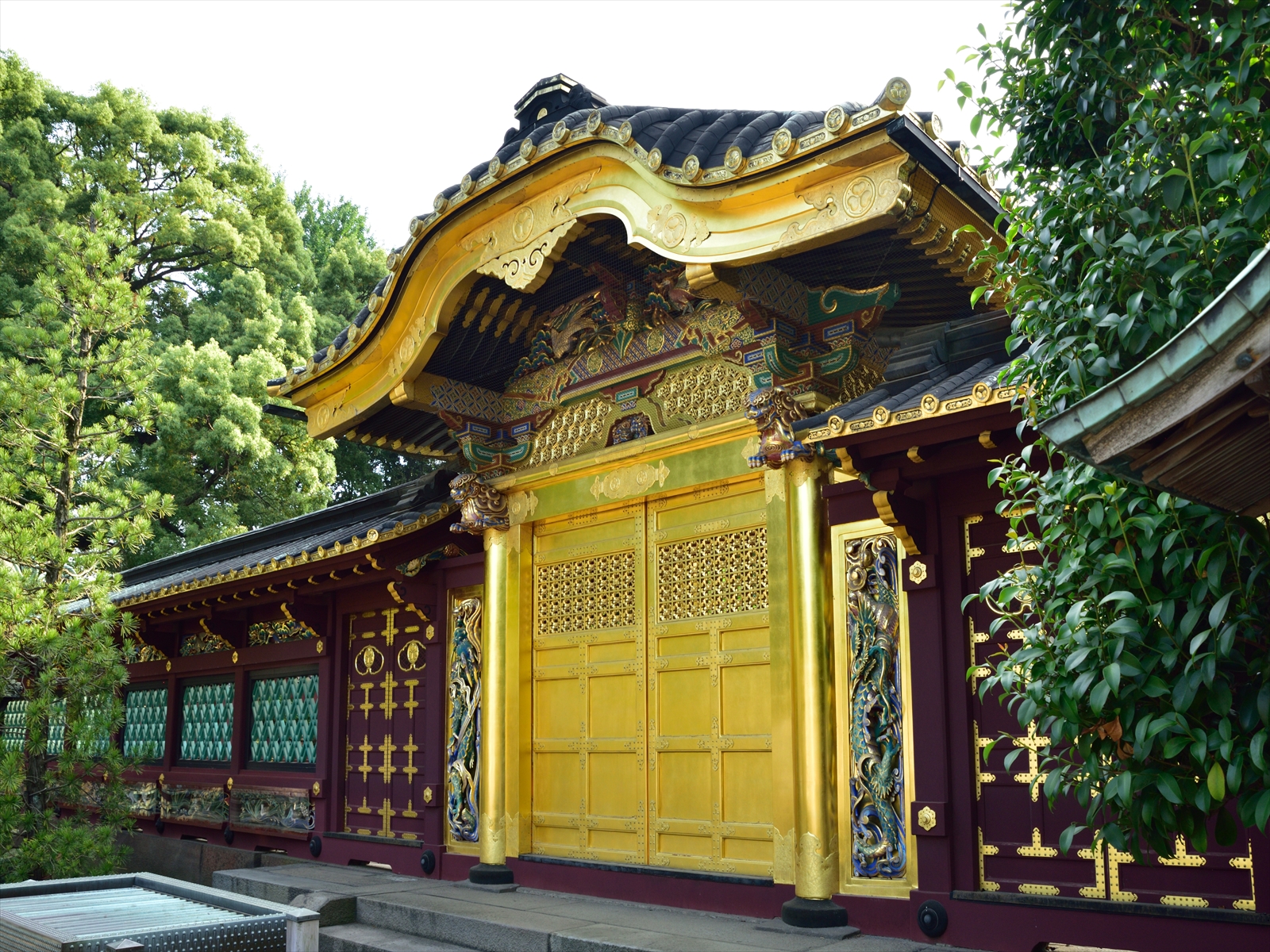
Arguably one of the most historically and culturally important shrines in all of Tokyo, Ueno Toshogu is a stunning Shinto shrine dedicated to the founder of the Tokugawa Shogunate. Tokugawa Ieyasu brought peace and stability to Japan after ending a period of instability which lasted under the Tokugawa family rule for nearly 270 years. It was originally built in 1627 and has since been an incredibly important place of worship for over 4 centuries. Remarkably, Ueno Toshogu somehow managed to survive the air raids of WW2 and natural disasters, therefore the beautifully preserved original Edo-architecture is really not something to be missed! The shrine is ornate, with elaborate decor of golf leaf and colourful wood carvings. You cannot enter the inside of the main hall, but visitors can enjoy seeing the exterior and enter the outer gate of the grounds. Tokugawa Ieyasu has another shrine dedicated to him in Nikko, part of Tochigi prefecture in Japan where he is enshrined and buried in an even more impressive shrine. However, if on your trip to Japan you do not have the time to visit Nikko, then we highly recommend stopping by Ueno Toshogu to experience a flavour of what Nikko has to offer. The shrine also has a small peony garden which blooms in late winter and early Spring. The shrine also hosts its own festival, the Ueno Toshogu Spring Festival in April where traditional dances, music and ceremonies take place. If you want to learn more about what there is to do in the area of Ueno, then check out our ’10 Must Visit Spots in Ueno’.
If you want to experience Ueno Toshogu Shrine for yourself, you can join our ’1 Day Walking Tour in Ueno and Yanaka’ tour!
1 Day Walking Tour in Ueno and Yanaka : Culture, Art and Old Tokyo
- Spots:
- Pick-up:
- Drop-off:
6 / Zojoji Temple, Minato
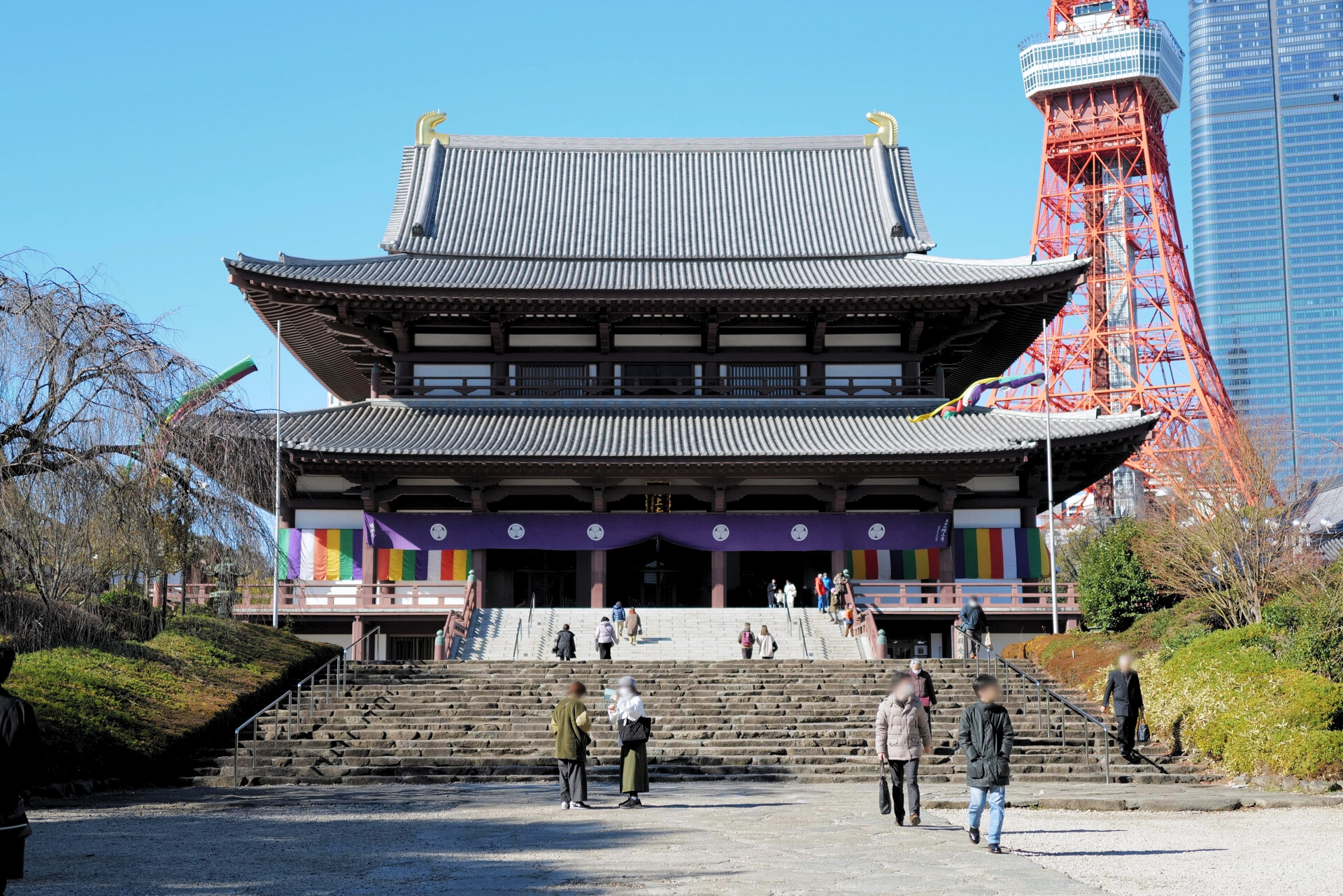
Zojoji Temple is a beautiful Buddhist Temple located in the Minato district of Tokyo. It is perhaps one of the most important temples in Tokyo due to its historical and cultural significance with the Shogunate Family, the Tokugawa clan. The Temple’s origins go as far back as 1393, but it was relocated to its current location in 1590. Zojoji is most famous for its relationship with the Tokugawa family as they chose the temple as their main place of Worship here in what was once Edo before the capital became known as Tokyo. Six of the Tokugawa family are actually buried here in their own family mausoleum which you can visit. The mausoleum is designated as a national treasure of Japan. The main gate of the temple is actually the oldest wooden building in Tokyo dating back to 1622. It is designated as an important cultural property. The Temple grounds are beautiful, and are well known for its Jizo statues. These are the statues dedicated to unborn or deceased children. Parents will often come to the Temple to decorate the statues and take care of them to ensure they go to the afterlife in peace. Inside the main hall, you can watch Buddhist ceremonies and see Buddhist Monk’s chanting. In the smaller hall visitors can enjoy Sutra copying, a Buddhist practice to help clear your mind and show devotion to the Buddha.
If you want to experience Zojoji Temple, you can join our ’Tokyo Highlights’ tour!
Tokyo Highlights Tour : Sumo, Sushi, Tea, Temples and Tokyo Tower
- Spots:
- Pick-up:
- Drop-off:
7 / Tennoji Temple, Yanaka
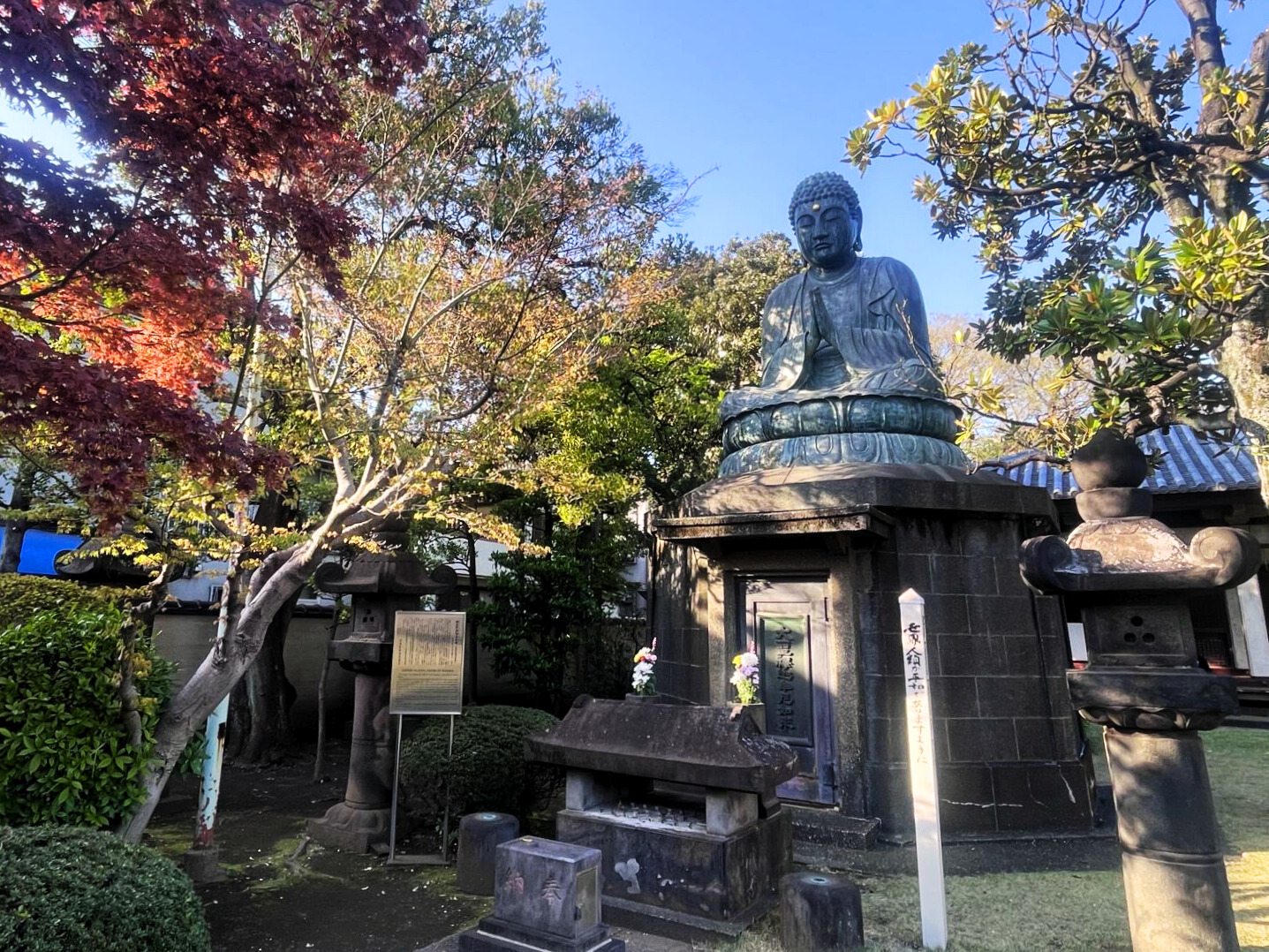
Located in the hidden gem Yanaka, Tennoji should definitely be added to your Tokyo list. It is an historic Buddhist Temple known for its peaceful atmosphere and long history. Founded in 1274, it stands as the oldest temple in Yanaka. The temple was founded and built to house a carved wooden Buddha statue so that followers of the Buddha could worship in a special and sacred place. The wooden statue is no longer present, but visitors can see two stone statues of Buddha. The largest of the two was constructed in 1690 and it called Tennoji Daibutsu. The Temple is part of the Tendai sect of Buddhism which was established in Japan in the year 806, and is therefore one of the oldest schools of Japanese Buddhism. Once the temple became a Tendai Sect temple, it was known for the worship of the god of resources and bravery. It is also where one of the Seven Lucky Gods is enshrined, the God of War and Protector of Shrines and temples. Yanaka Cemetery lies right next to the temple as it used to be part of the temple grounds. However today, the temple is surrounded by a modern wall to separated it from the cemetery.
If you want to experience Tennoji Temple for yourself, you can join our ’1 Day Walking Tour in Ueno and Yanaka’ tour!
1 Day Walking Tour in Ueno and Yanaka : Culture, Art and Old Tokyo
- Spots:
- Pick-up:
- Drop-off:
8 / Nezu Shrine, Nezu
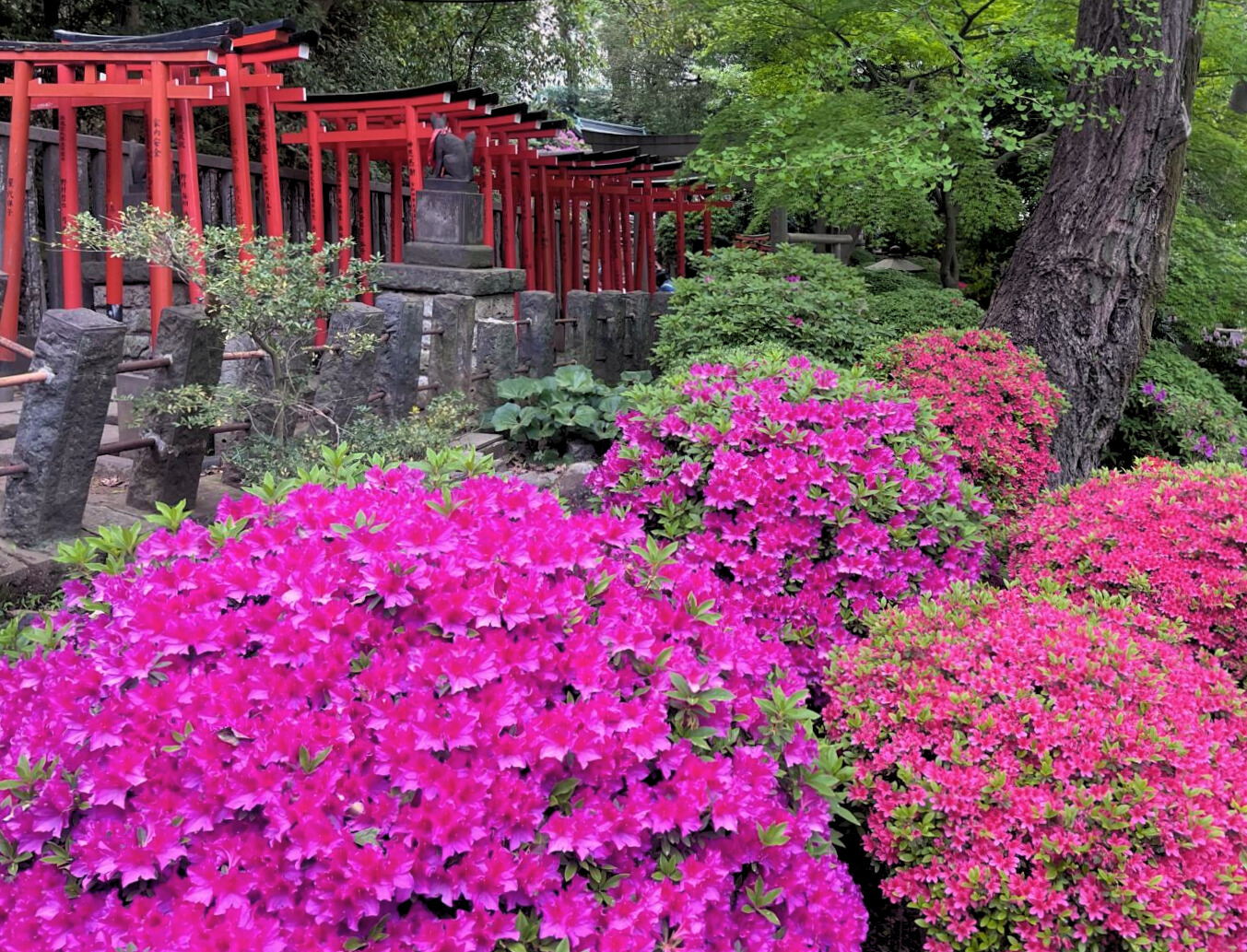
Located just a short walk away from Tennoji in Yanaka, Nezu Shrine is located is the lesser known neighbourhood of Nezu. This is one of Tokyo’s oldest and most beautiful Shinto Shrines. It is known for its rows and rows of striking red Torii gates, likened to a mini Fushimi Inari Shrine in Kyoto. Visitors can enjoy walking through the Torii gates and admire the beautiful grounds. The Shrine was founded over 1,900 years ago, but the shrine was relocated to current site in early 18th Century by Tokugawa Tsunayoshi, the fifth Shogun of the Tokugawa family. The Shrine’s main hall, gate and other structures are designated Important cultural Properties of Japan. Nezu is also popular for holding its annual Azalea Festival in the months of April and May. The Shrine’s grounds are filled with the vibrant colours of purples and pinks of over 3,000 Azalea plants, and make for an impressive sight against the backdrop of the red Torii gates. Visitors will have to pay a small fee of 500 yen to enter the garden, but you can still enjoy the sight from afar! On weekends and sometimes weekdays, there is also a small flea market in the grounds with local vendors selling antiques, crafts, second hand kimono and street food!
If you want to experience the breathtaking Nezu Shrine and this hidden neighbourhood, then join our ’Walking Tour in Yanaka, Nezu and Sendagi’ tour!
Walking Tour in Yanaka, Nezu and Sendagi : Experience Tea Ceremony and ’Yanesen’ Old Tokyo
- Spots:
- Pick-up:
- Drop-off:
9 / Benten-do Temple, Ueno
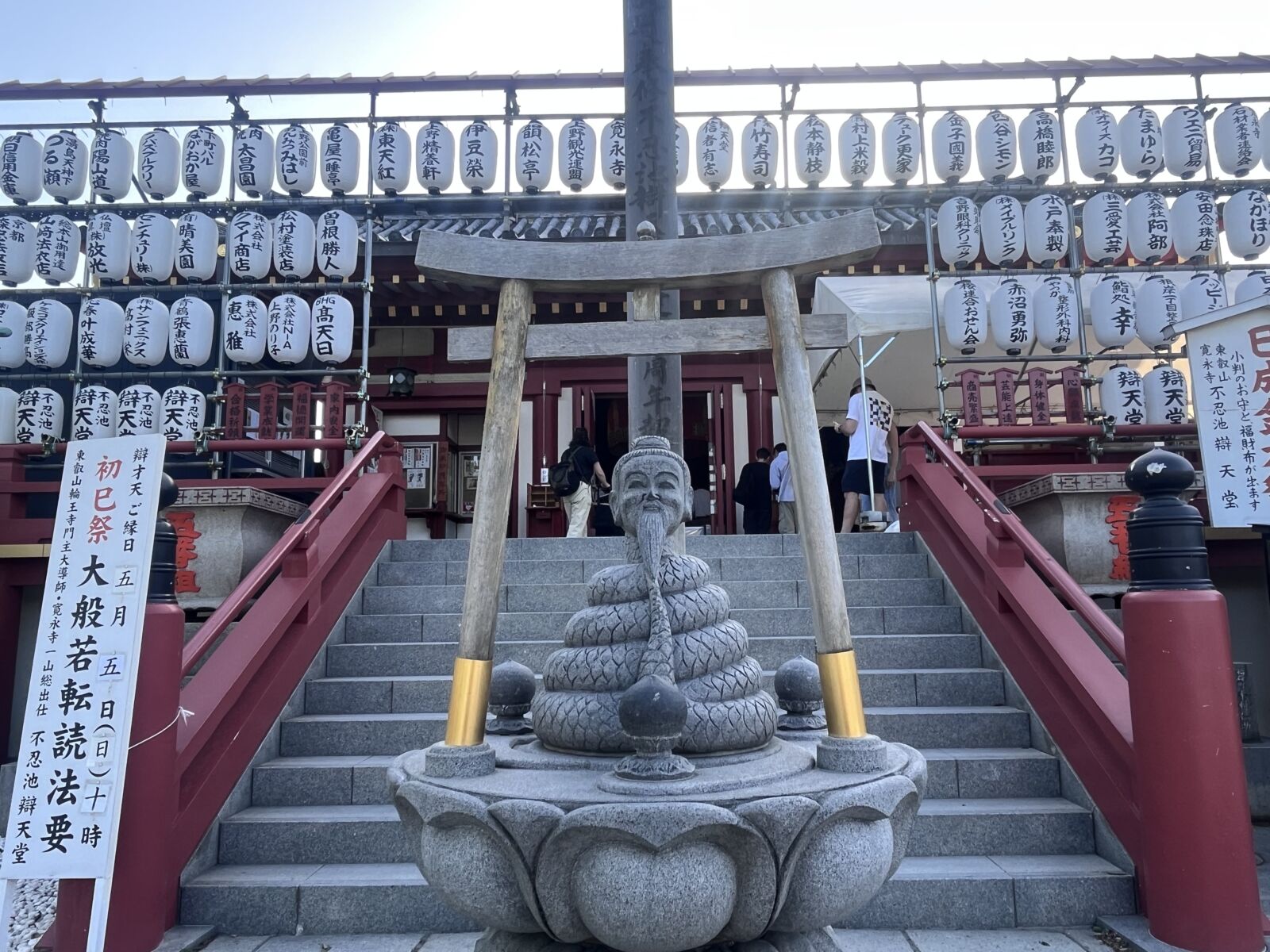
Benten-do Temple is located within the outskirts of Ueno Park. To reach it, you will need to cross a main road and then a small bridge which leads to the entrance of the Temple complex. The temple is in fact built on a man made island on Shinobazu Pond. The temple is dedicated to the Goddess Benzaiten, the Goddess of music and art. She is therefore depicted holding a Lute! Benzaiten is also the onky female member of the Seven Lucky Gods worshipped across Japan. This temple therefore holds significant historical and religious importance for many visitors. Temples dedicated to Benzaiten are almost always built near or on water, and so visitors can enjoy seeing the stunning red and white architecture of this temple against the backdrop of the expansive pond. The Temple is very popular with photographers due to its picturesque location. With the surrounding Cherry Blossom in Spring and the Lotus Flowers in the Summer, the beauty of Benten-do is truly enhanced. We highly recommend coming here first, before taking a relaxing walk or boat ride! If you want to learn more about what there is to do in the area of Ueno, then check out our ’10 Must Visit Spots in Ueno’.
If you want to experience Ueno Toshogu Shrine for yourself, you can join our ’1 Day Walking Tour in Ueno and Yanaka’ tour!
1 Day Walking Tour in Ueno and Yanaka : Culture, Art and Old Tokyo
- Spots:
- Pick-up:
- Drop-off:
10 / Gotokuji Temple, Setagaya
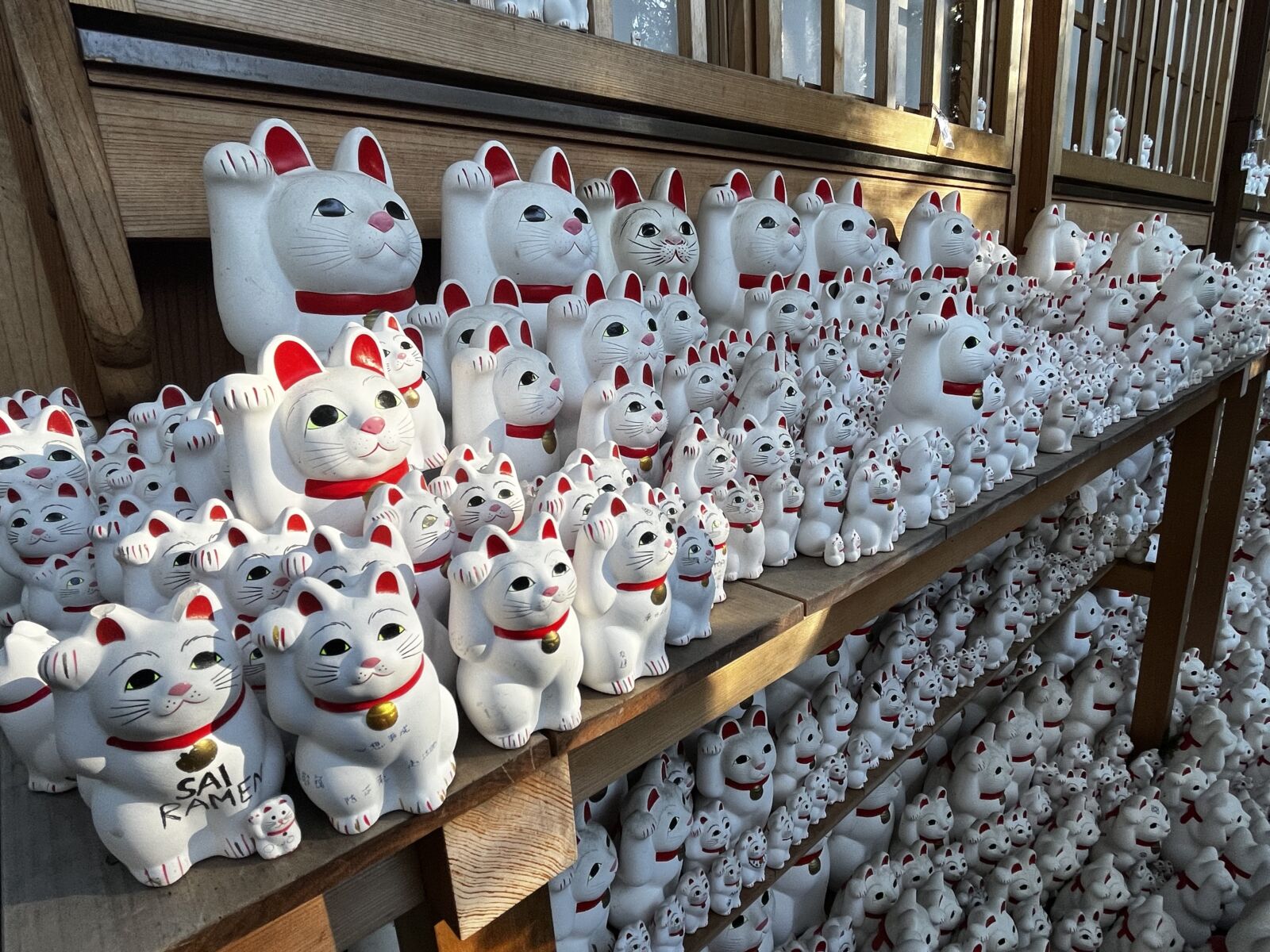
This list would not be complete without adding Gotokuji Temple! Known as the ’Cat Temple’, it has gained popularity in recent years thanks to the rise of social media. However, the Temple is no less special or peaceful. We highly recommend visiting on a weekday if you can, as weekends tend to be quite busy. The Temple is known as being the birthplace of the Maneki Neko or Lucky Cat, a symbol of good luck across Japan. It is a Buddhist Temple, part of the Soto Zen sect of Buddhism, and the grounds are very beautiful and tranquil. The Temple was established in the late 15th Century, and was once the family temple of the powerful Samurai family, the Li clan. The legend of the temple is that a Lord of the Li clan was saved from a powerful storm by a cat that ushered him to the temple where he could take shelter. Since then, the Lord made significant donations to the temple and the worship of the Maneki Neko began! The most impressive site apart from the historical architecture that surrounds you, are the thousands of Maneki Neko statues dotted throughout the grounds. You can visit the Temple shop and buy your own Maneki Neko to either leave at the Temple or to take home with you. You can buy many different sizes, and they make for a wonderful souvenir. The Temple even has its own resident cat, Tama-kun! We don’t run tours to Gotokuji, but it is within close proximity to Shinjuku and can be reached by taking the Odakyu Line to Gotokuji Station.
BEST TOURS IN TOKYO
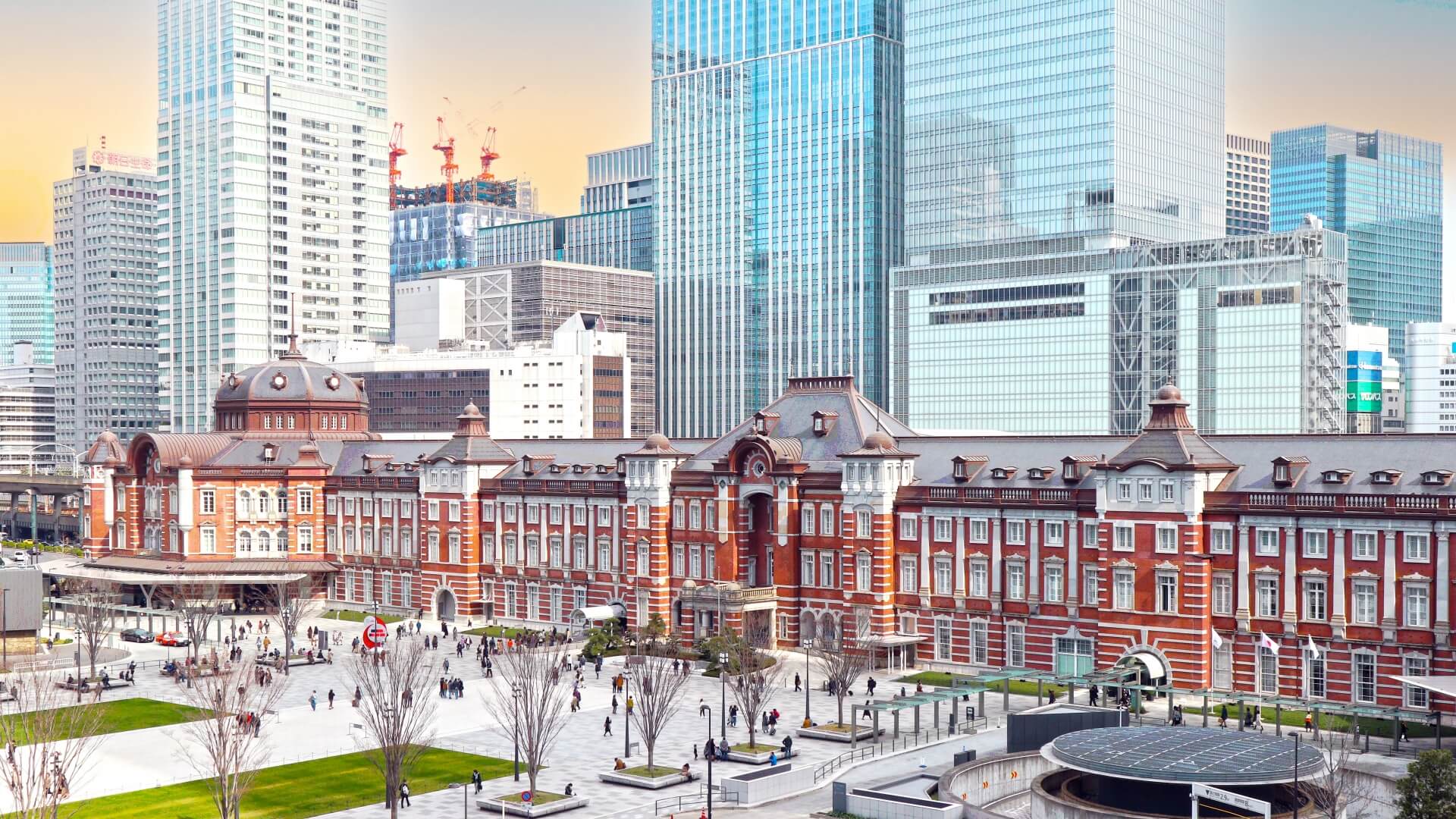
Exploring the many Shrines and Temples of Tokyo is just the scratching the surface of what the city has to offer. The Capital is steeped in history. The city has faced many hardships from earthquakes, fires and the air raids of WW2, and unfortunately many of its oldest buildings and structures have disappeared over time. However, Tokyo does a fantastic job at celebrating and retaining much of its character and culture, with stunning renovations of its temples and shrines, museums housing some of Japan’s finest artefacts, and hidden pockets of neighbourhoods that have managed to preserve its original architecture despite the many challenges its faced. Pop culture lovers will rejoice at Japan’s modern aesthetic, with its bright lights and neon signs that make the city glow at night. There really is so much to see and do in Tokyo! Check out our ’Best Tours in Tokyo’ page which will give you more information on the tours mentioned in the previous section, as well as the best tours in Tokyo and the best day trips from Tokyo throughout the Kanto region. However, to give you a taste of what we offer, check out the tours below! We hope you book a tour with us!
1 Day Walking Tour in Shinjuku and Kagurazaka : Tokyo Hot Spots and Hidden Gems
- Spots:
- Pick-up:
- Drop-off:
1 Day Walking Tour in Asakusa : Traditional Tokyo, Culinary Delights and Nature
- Spots:
- Pick-up:
- Drop-off:
THINGS TO DO IN TOKYO
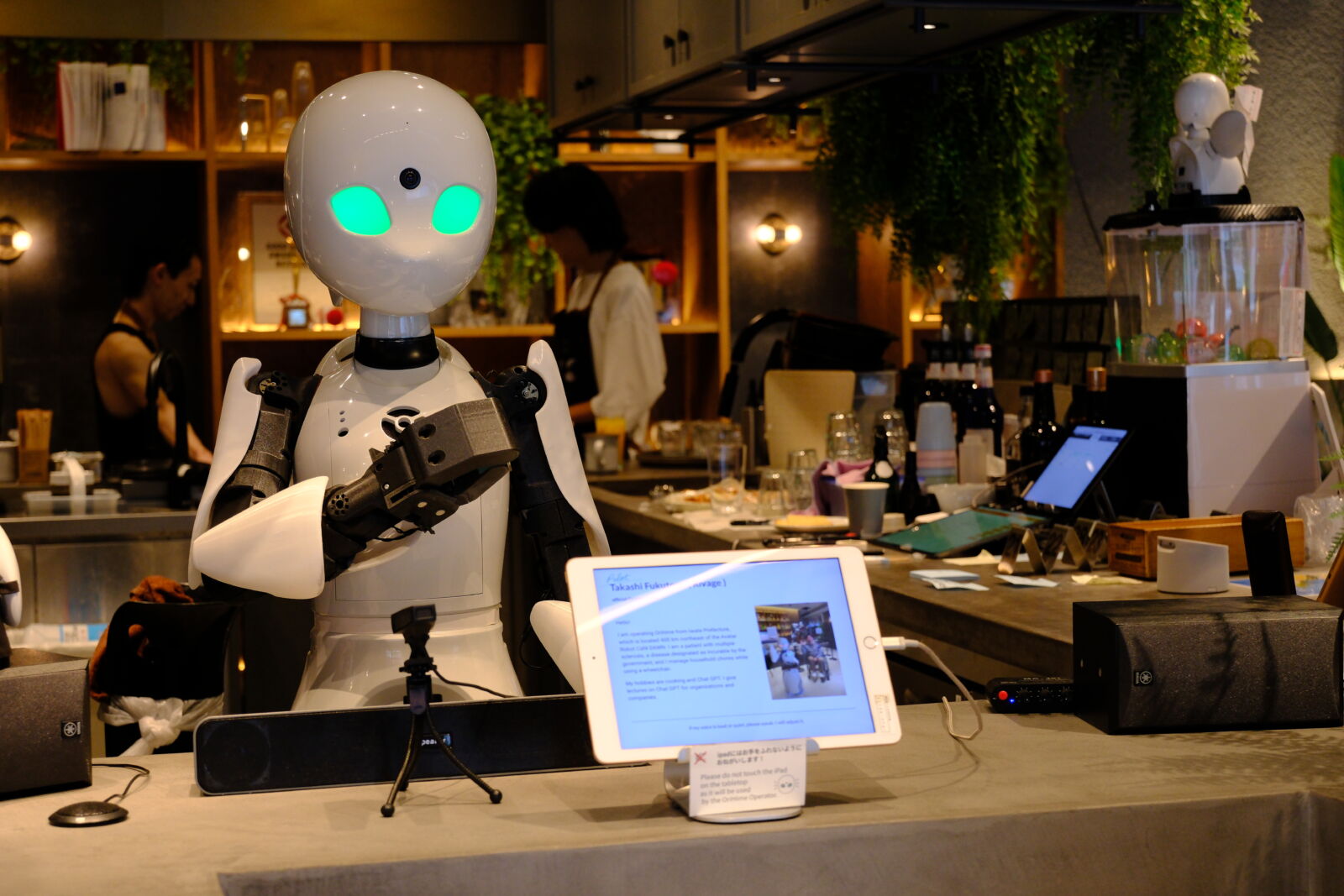
This page would not be complete without also suggesting our wider recommendations on things to do in Tokyo which includes both the golden tourist attractions and some lesser known activities you can enjoy. Why not check out Things to Do in Tokyo page which will also give you plenty of inspiration for your time spent in Tokyo. Here you will find some of the best activities and recommendations on how to spend your time in the Capital, as well as some tours that you can join to make the most out of your trip!
From watching Sumo wrestlers train to eating the freshest sushi at local markets, playing Taiko drums to exploring hidden shrines and temples, Tokyo truly has it all. Our Tokyo tours enable you to pick and choose from a wide range of areas and activities to explore during your trip. Want to explore lesser known neighbourhoods in Tokyo, or do you want to get into the hustle and bustle of the world’s most populated city, then click the link above and start exploring what you can do in Tokyo to make your trip unforgettable.
30 BEST DAY-TRIPS & GETAWAYS NEAR TOKYO
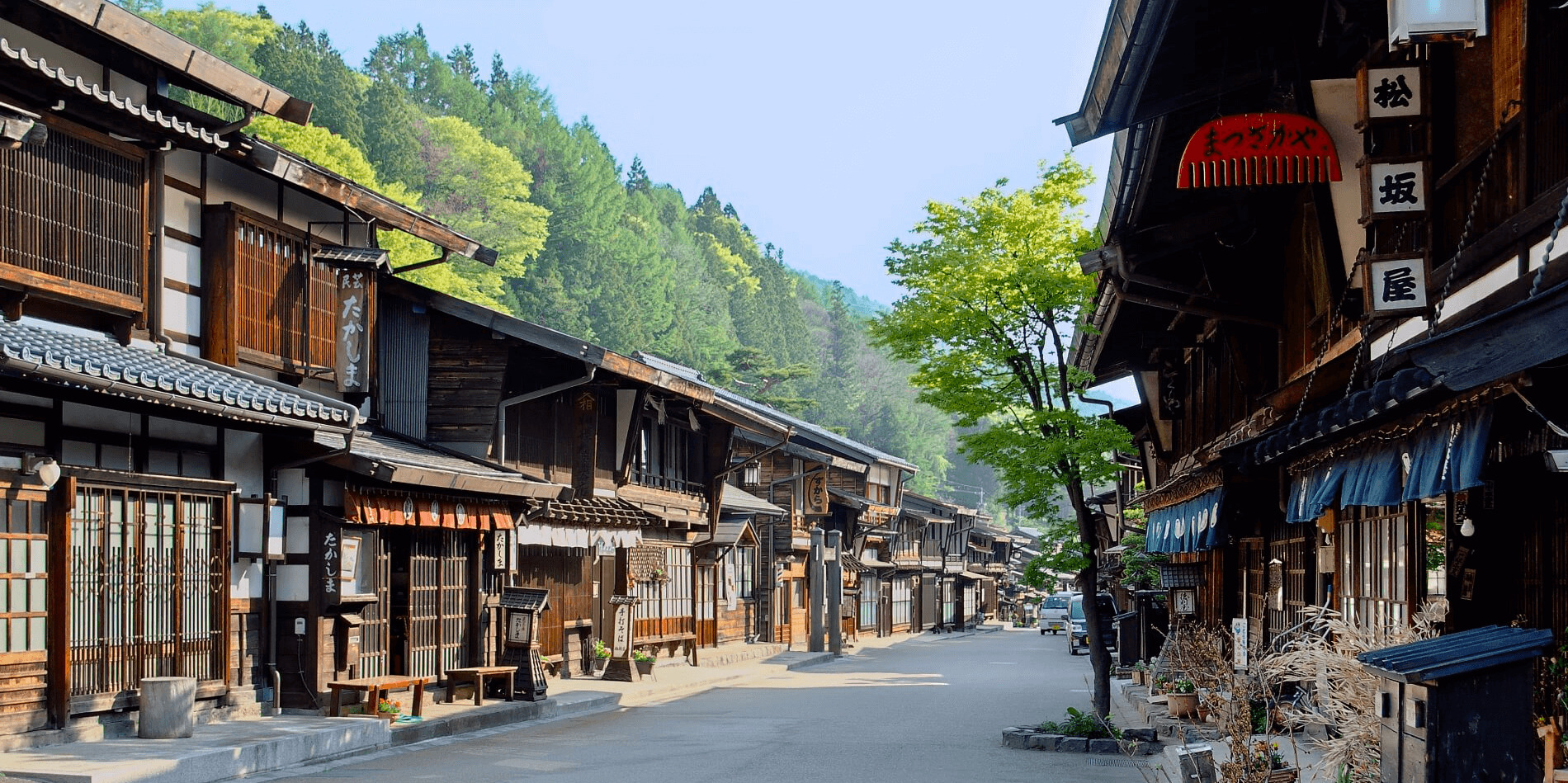
While Tokyo has more than enough to keep you entertained for your entire visit, it is also an ideal base from where to escape the city and explore our home region of Central Japan and beyond. Boasting the majority of Japan’s tallest mountains, verdant forests, open spaces, ancient temples and a slower way of life, it is everything that Tokyo is not. Our ’30 Things To Do Near Tokyo: Best Day-Trips & Overnight Getaways’ page includes some fantastic tips and suggestions of what’s on offer. Here are some examples of the tours we offer outside of Tokyo, but click on the link above to see more . We hope it tempts you to explore beyond the city!
1 Day Trip to Kamakura and Enoshima : Shrines, Seaside, Temples and Tea
- Spots:
- Pick-up:
- Drop-off:
WHERE TO STAY IN TOKYO
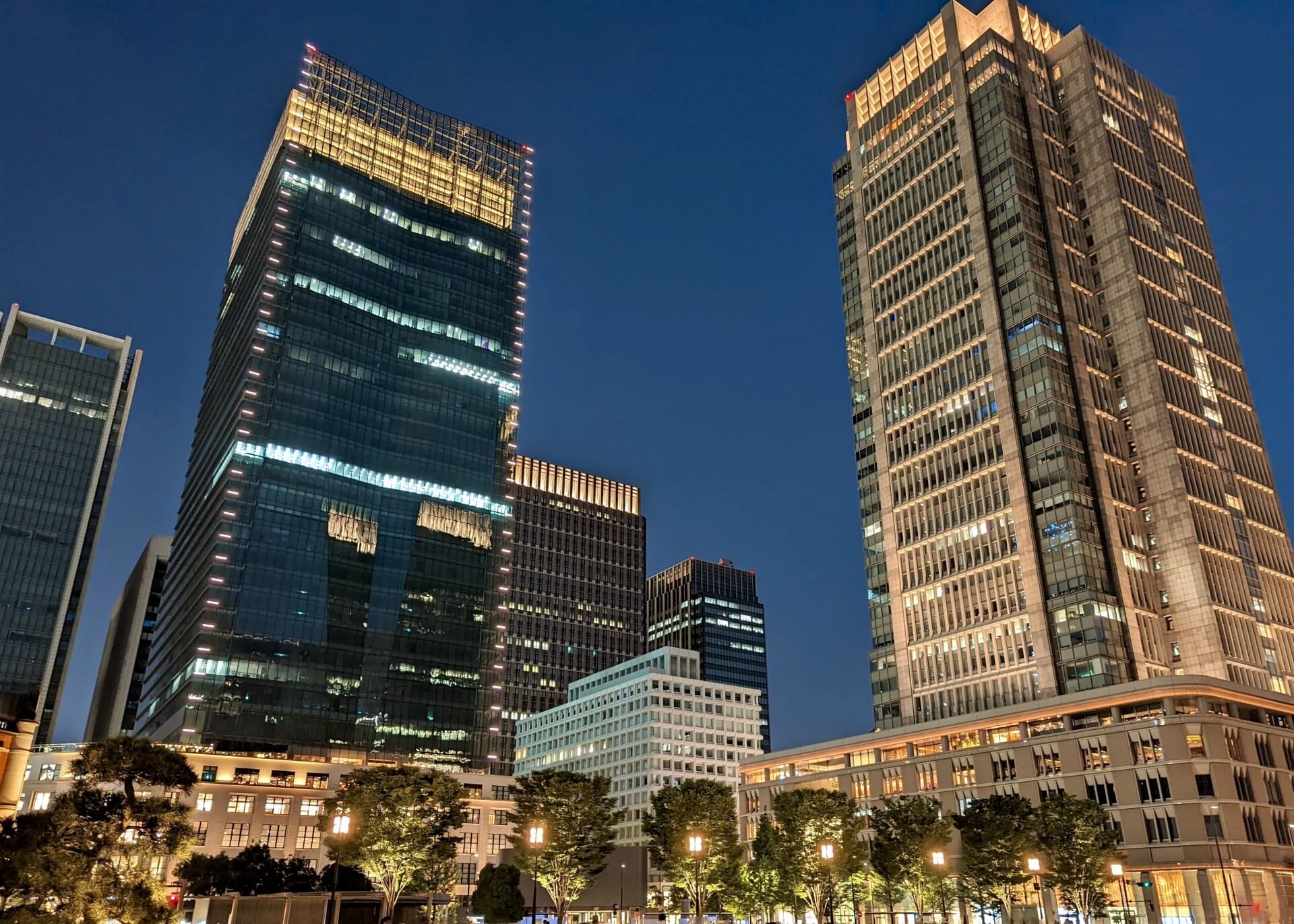
There is no shortage of accommodation in Tokyo ranging from luxury hotels, mid-range to budget, youth hostels and even capsule hotels! The areas of Shinjuku, Shibuya, and Tokyo are among the most popular with tourists, all of which have excellent public transport links, shopping, bars and restaurants. Therefore they make excellent bases for a short stay in the city. Check out our Tokyo destination page which includes everything you need to know about the city, and our ‘Where to Stay in Tokyo’ page for what areas to book your hotels and find the right accommodation for you.
HOW TO GET TO TOKYO
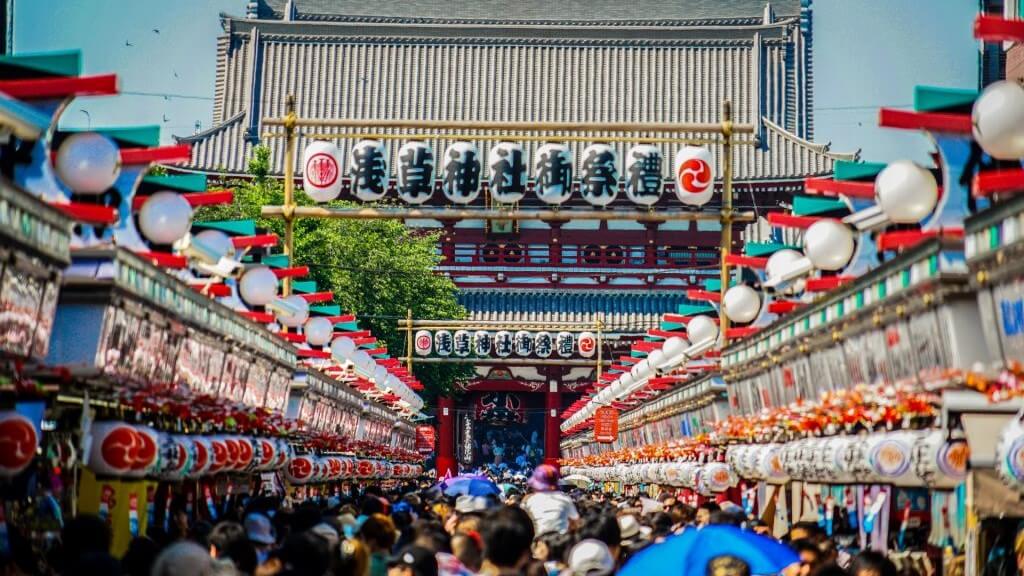
As Japan’s sprawling capital, Tokyo is the start and end point of numerous train lines and express bus services making it easy to reach from all over the country. Our ‘How to Get to Tokyo’ page includes detailed information about how to get there from popular starting points including Tokyo Haneda airport and Tokyo Narita. Why not also check out our ’Comparing Tokyo Haneda Airport and Tokyo Narita Airport’ page for more useful information for planning your trip.














